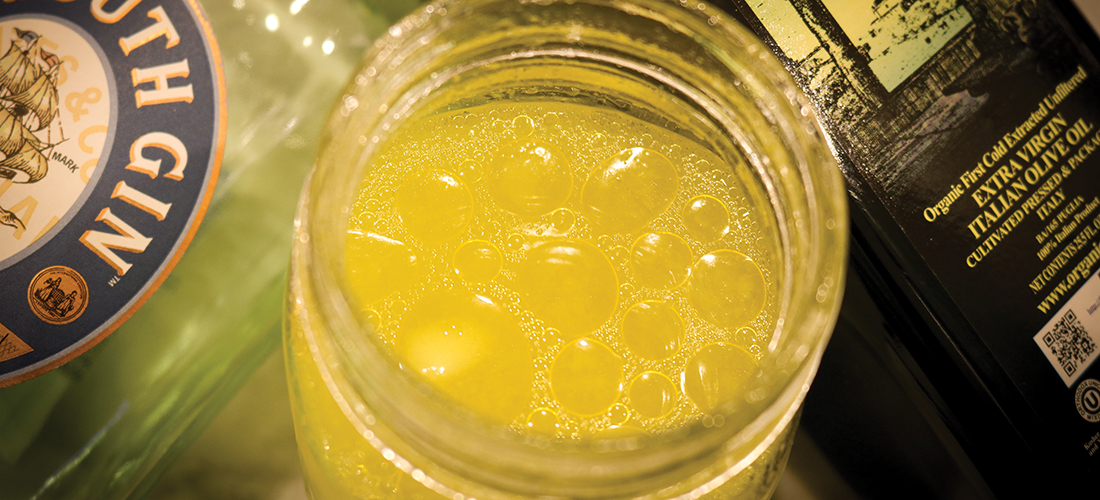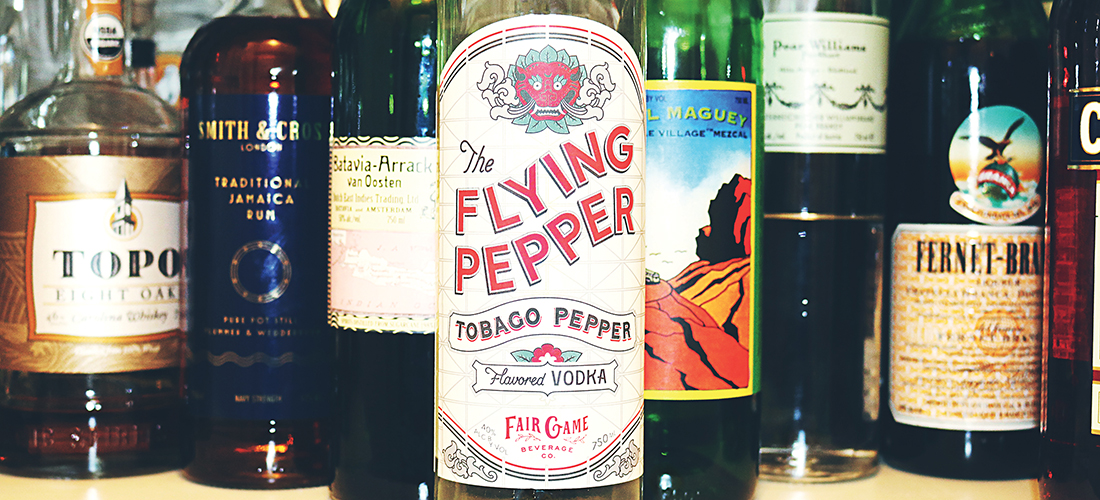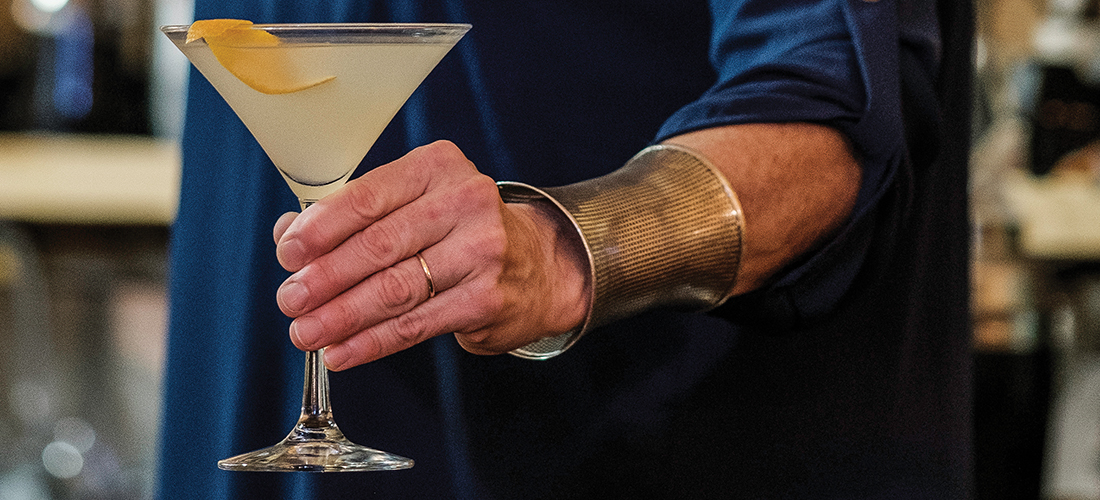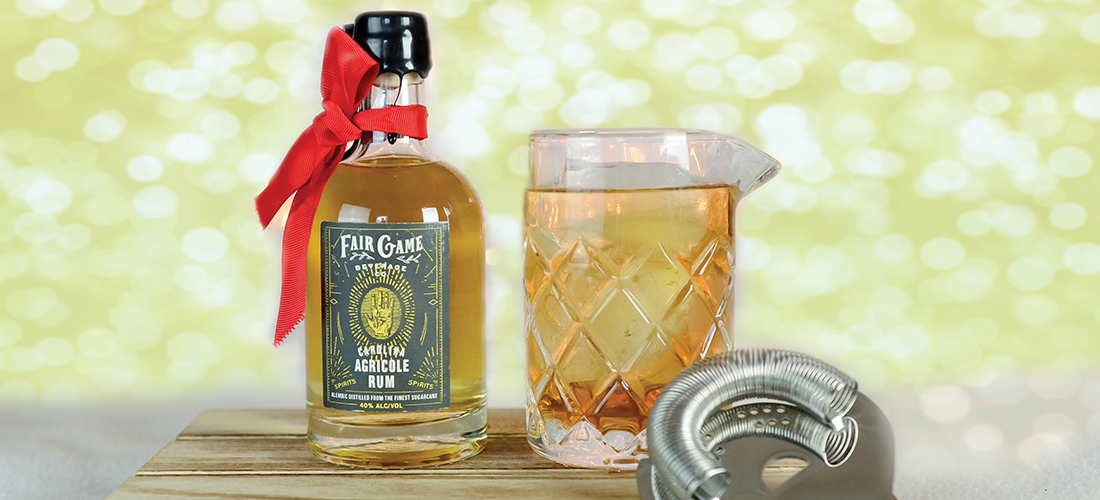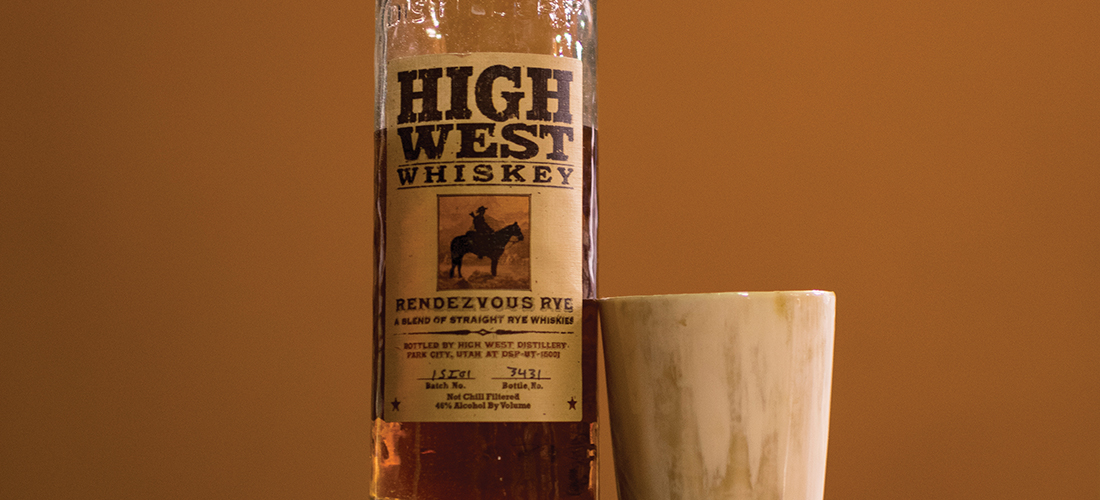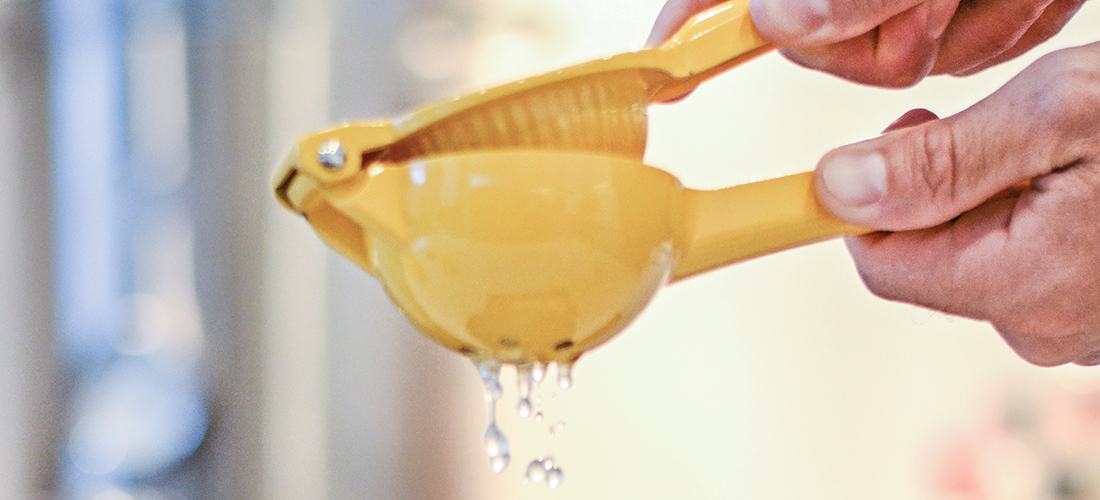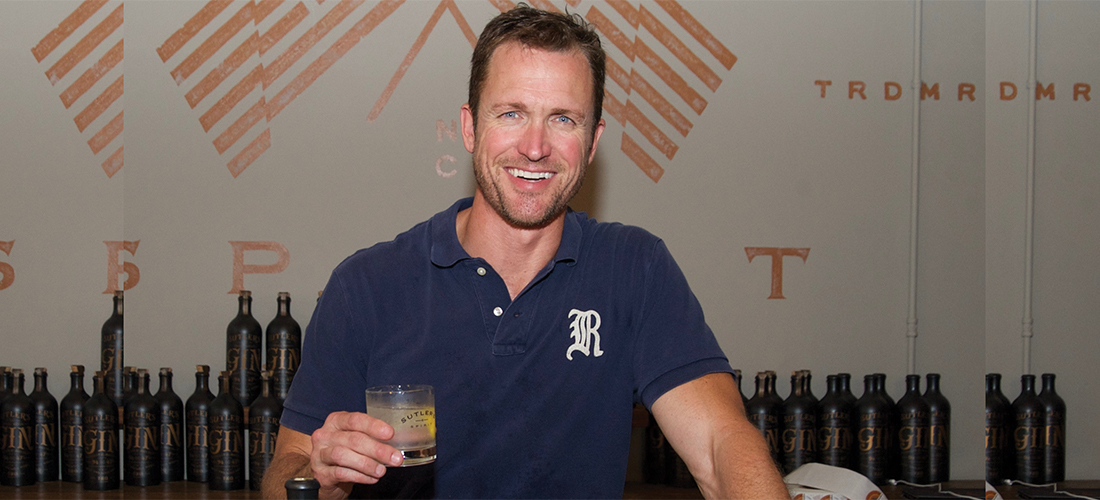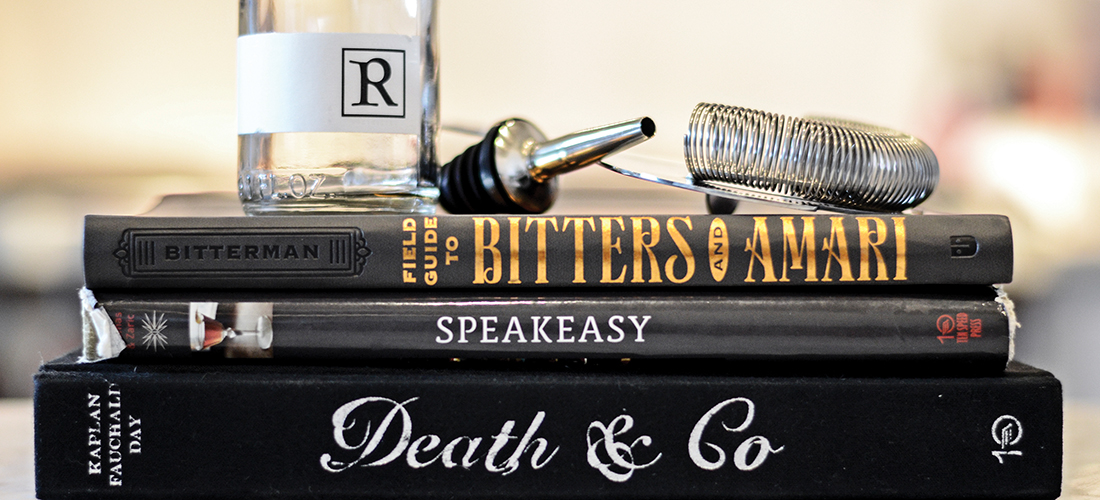The art of infusing a cocktail lineup
By Tony Cross
Working in the restaurant business can be brutal, demanding and taxing on the body. However, it’s also fun, crazy and rewarding. One aspect that I always embraced is when someone new joined the kitchen staff. It was interesting to learn new methods that he or she would bring to the table. Sharing was a big part of my job, and it never got old being on the receiving end of the exchange. Five years ago, I began a working relationship, which immediately turned into a friendship, with a new chef who had moved down from Chapel Hill named Randy. This is around the time that I started to get my hands dirty with bartending. One afternoon, Randy asked me if I heard about infusing bacon into bourbon. “Um, what?” I replied. I had no clue what he was talking about.
Randy quickly broke it down for me: Just take the fat from cooked bacon, add it to a bottle of bourbon, seal up the container, and put it in the freezer. When the fat separates, strain the bourbon out, and voilà! He recommended me putting a spin on an old-fashioned cocktail with maple syrup. So, I did. I had the drink ready as a special by the weekend, and it was a hit. For my Bourbon Kush, I used Maker’s Mark bourbon, Grade B maple syrup for the sugar (that’s the first one I could get my hands on at Nature’s Own), Angostura Bitters, and an orange peel for the oils and garnish. It was delicious!
What I didn’t realize until a few months later was that I had totally ripped off the bartender who created the “Benton’s Old-Fashioned,” Don Lee, from prized New York City bar PDT (Please Don’t Tell). Looking back, I think Randy had the drink at a local restaurant in Chapel Hill and thought it was something I could run with. Another thing I didn’t grasp was the science that goes behind what is now known as washing. It’s another way to infuse flavors into your booze. You can fat-wash (bacon fat, olive oil, sesame oil and butter), milk-wash and egg-wash, to name a few styles.
I didn’t mess around with any kind of “washing” until a few years later when I received the book Liquid Intelligence from famed bartender/wizard extraordinaire Dave Arnold. In Intelligence (which reads like a science textbook, by the way) Arnold covers these different washing methods. The first style that caught my eye was milk-washing. Milk-washing is an ideal infusion when you’re trying to cut out the astringency from an infusion used in a shaken cocktail. For me, this chapter couldn’t have come at a better time — I was looking to combine an Earl Grey tea infusion with a homemade marmalade that I was working on. Arnold’s directions for milk-washing were simple enough. I took eight of the best organic Earl Grey teabags that I had available, steeping them into a bottle of vodka for an hour, letting the infusion get very dark. Next, I took 250 ml of whole milk and poured it into a large mixing container, then adding the infused vodka to the milk (very slowly) while stirring. It curdled right away, just like the directions stated. After letting the milk and tea-infused vodka sit for a couple of hours, I slowly stirred a half-ounce of fresh lemon juice into the mix. The acidity of the juice allowed the milk to break away from the vodka. The remaining steps told me to gently scoop out the large curds and let the vodka sit another few hours before fine-straining the cloudy infusion. Simple enough. The result was a silky and tasty infusion. The vodka had all the flavor of the tea, without the bitterness from the bergamot. The Jean Grey soon found its way to my spring cocktail lineup.
An easier way to wash is with olive oil. I was recently invited to a pop-up dinner where the theme would be early 1900s France. I decided I wanted to do a spin on a martini, and since I’m not full-time behind a bar these days, I love trying out new things whenever I get a chance. I took a bottle of Plymouth gin and added that to a container with 4 ounces of organic, cold extracted olive oil. Just a quick, hard shake (10 seconds will do), leaving it to sit for a couple of hours. Place upside down in the freezer, allowing the oil to harden (it won’t completely freeze) before filtering out the infused gin. You want to place the container upside down, so the oil will be almost frozen on the bottom of the container when you strain the gin out. Doing this gave my gin an oily texture without the briny flavor that is associated with olive juice. It also added depth to my cocktail. Check out the recipe below.
Though I am no pro when it comes to washing spirits, like most everything else involving bartending, use quality ingredients. Don’t wash your spirit with anything that you wouldn’t eat or cook with. If it doesn’t taste good to you, it probably won’t taste good in your final product.
Lave et Humide
1 1/2 ounces olive oil-washed Plymouth Gin
1 1/2 ounces Dolin de Chambéry Vermouth
4 dashes Crude “Sycophant” Bitters
Combine ingredients in a mixing vessel, add plenty of ice and stir until liquid is ice cold. Strain into a chilled coupe glass. Add a lemon peel to the drink after expressing its oils over the martini. PS
Tony Cross is a bartender who runs cocktail catering company Reverie Cocktails in Southern pines. He can also recommend a vitamin supplement for the morning after at Nature’s Own.

